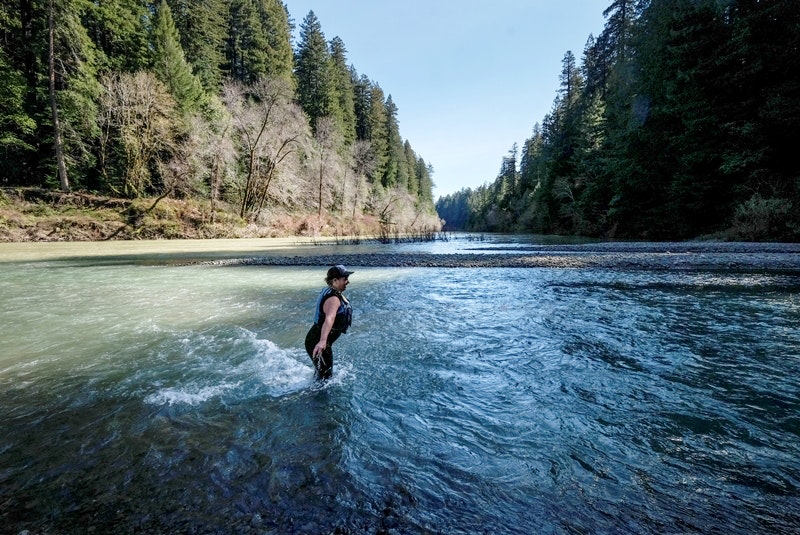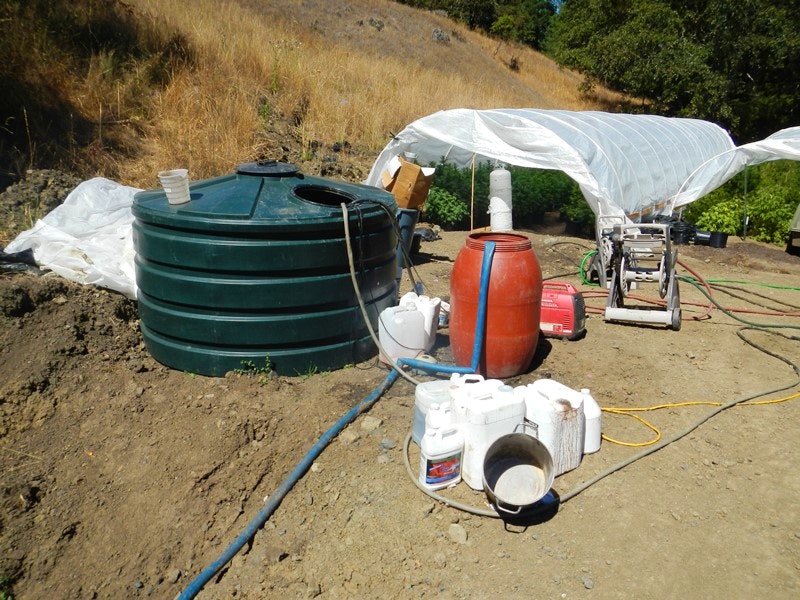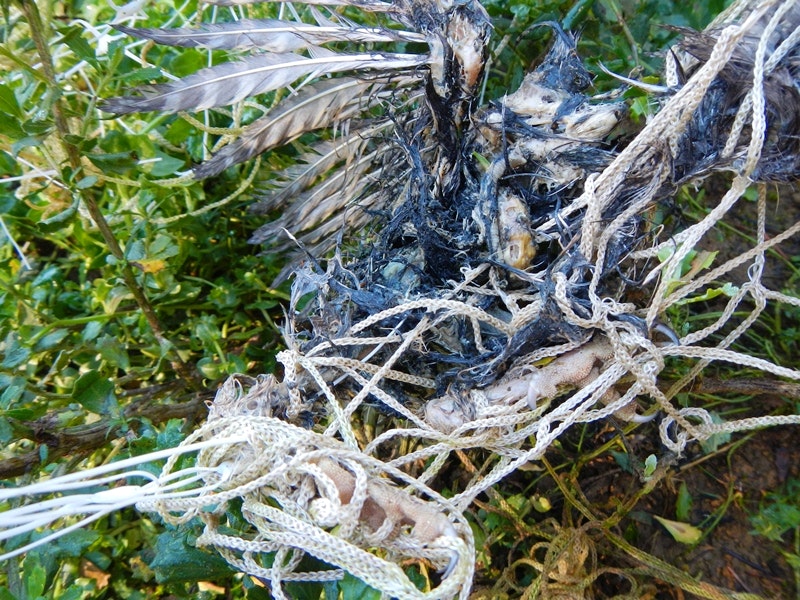From Sportfishing
Fish Report for 7-2-2018
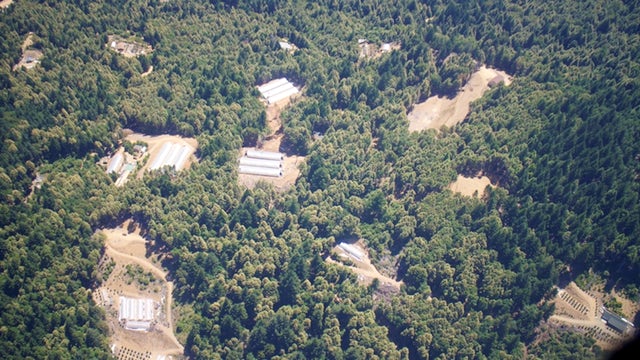
Efforts to Regulate California’s Cannabis Capital Spark Legal Fight
7-2-2018
Tara Lohan
[In Humboldt County, a conservation group is suing the government, arguing that a new ordinance regulating the local marijuana industry doesn’t adequately address the environmental impact of an estimated 15,000 cannabis grow operations.]
When Californians voted to legalize recreational cannabis in 2016, the new law left room for municipalities to decide if, and how much, of the industry they wanted in their jurisdictions.
That reckoning is happening now up on the rugged northern coast of the state in Humboldt County – part of the heralded “Emerald Triangle” – where (mostly unregulated) cannabis cultivation has been a key driver of the local economy for decades.
Imposing new regulations on an existing industry comes with challenges, and in Humboldt, environmental concerns are among them.
Earlier this month, the environmental nonprofit Friends of the Eel River, which works to protect fisheries and watersheds in the region, filed a lawsuit against Humboldt County’s Board of Supervisors. The suit alleges the environmental review prepared for the county’s new land-use ordinance permitting commercial cannabis operations fails to adequately address the industry’s impacts on watersheds and endangered wildlife.
“What we need to acknowledge is that moving from 30 years of a black market industry to a legal one is no easy task,” says Stephanie Tidwell, executive director of Friends of the Eel River. “But this is our one shot, our one opportunity to permit a market that the land and the economy can bear.”
Cumulative Impacts
The county’s new land-use ordinance, approved in May, would permit 3,500 commercial cannabis operations, which includes some that were previously permitted under an ordinance regulating medicinal cannabis operations. Rough estimates have put the number of existing, unpermitted outdoor operations in the county at a staggering 15,000.
The county’s ordinance included an Environmental Impact Report on the effects of the regulations, but Friends of the Eel River says it falls far short in one crucial area: assessing existing impacts from the industry.
“The big thing we are worried about at its core is the county’s failure to even figure out what the cumulative effects on the landscape already are and how the permits they are proposing to issue would affect those impacts,” says Scott Greacen, conservation director at Friends of the Eel River.
The county still hasn’t done its “homework to definitely say what each individual watershed [in the county] can support,” adds Tidwell. “What we’re asking the county to do is to knowledgeably permit a sustainable industry rather than come up with some arbitrary numbers for how many permits they’ll give out.”
Humboldt County officials declined to comment on the lawsuit, but Ryan Sundberg, chair of the board of supervisors, said, “Humboldt County has been diligent in protecting water and our cannabis programs make the environment better. For instance, we have policies that forbear water withdrawal in the summer months and require [water] storage.”
Friends of the Eel River say the critical area of concern for them is the cannabis industry’s impact on the watersheds and fisheries. Coho salmon and steelhead are both listed as threatened under the federal Endangered Species Act and in some watersheds in Humboldt County are clinging to survival due to a host of issues, including development, dams, timber extraction and now cannabis cultivation. “It becomes a death by a thousand cuts for our salmon,” says Tidwell.
Over the years, numerous cannabis cultivators on private land or with “trespass” grows on public and tribal lands have caused a host of environmental impacts – land clearing, road building, water diversions, wildlife poisoning from pesticide use, water contamination and other impacts from lights and noise.
From a watershed and fisheries perspective, Friends of the Eel River says it’s concerned about the impacts from development of cultivation sites and roads on the steep, highly erosive hillsides in the county that result in sediment being dumped into rivers and streams, threatening critical fish species. “Spawning beds can get covered in sediment. And to feed successfully – salmon find food by smell – when the water’s too dirty they can’t smell anything except dirt,” says Greacen.
Another concern is water withdrawals for irrigation that can reduce flows in rivers and de-water small upstream creeks. Water quality can also be impacted by poor sanitation and pesticides and rodenticides that are used by some operations.
Road to Compliance
Scott Bauer, a senior environmental scientist supervisor with California’s Department of Fish and Wildlife’s Watershed Enforcement Team, has seen first-hand some of the worst environmental impacts from unregulated cannabis grows, but he’s optimistic that regulations are moving things in the right direction.
His department had a number of concerns with Humboldt County’s draft Environmental Impact Report, but he says most of those were addressed in the final report, including an important provision to prohibit permits for new operations in some critical watershed areas.
Hezekiah Allen, the executive director of the California Growers Association, advocates for the interests of a few hundred cannabis growers and businesses, and says that among his membership, growers have been in favor of legalization and the environmental regulations that come along with that.
But, he notes, not all Humboldt growers are the same. “They run a pretty diverse spectrum from some of the best stewards in the world to folks who [couldn’t] really care less about anything other than reducing costs and maximizing returns,” he says.
He says he doesn’t think the Friends of the Eel River’s lawsuit is productive. “Right now what we need to be doing, especially with the folks that have come into the system, is working on compliance, working on implementation, making sure that the regulations are working in the way they are supposed to,” he says, “And we should be putting a clearer focus on those operating in the unregulated market who are making no attempt to be better stewards. More barriers in the way of permitting right now seems like a bad idea.”
Bauer says that ultimately how well the regulations are enforced will be the key.
“The focus so far has been writing the ordinance, giving permits, getting people in the system, working to get an industry into compliance,” he says. “So the enforcement part hasn’t really kicked in on a level that it needs to be yet. It’s coming though, there’s no doubt about it, but it takes time to get the regulatory structure and people in place.”
And while Bauer says he can’t comment on the pending lawsuit, he does agree that a better understanding of the cumulative impacts from the industry is crucial.
“Figuring out how many industrial activities you have taking place across a forested landscape before you get impaired habitat, that kind of information hasn’t really been done,” he says. Although numerous agencies are working hard to assess a range of environmental impacts, “This kind of research takes time,” he says.
Humboldt County contains a diverse landscape, from coastal redwood forests to oak woodlands to grasslands. And it has a diversity of species, too. “It’s an abundance of rare and sensitive plants, fish and wildlife species that are all right here,” Bauer says.
Most research on the impact of water diversions, for instance, have focused on large rivers, but many areas of critical concern in Humboldt are small headwater streams and springs that have the ability to influence downstream flow and fisheries, as well as upstream habitat for wildlife, such as amphibians. “We know they’re being impacted but we just don’t know to what degree,” Bauer adds.
Enforcement and Economics
How regulations like Humboldt’s ordinance will impact the watershed also depends on how many growers from the black market will come into the fold. And it won’t solve problems related to some of the most egregious environmental offenders, such as large trespass grows.
Frankie Myers, from the Office of Tribal Heritage Preservation at the neighboring Yurok Tribe, has spent six years helping to eradicate destructive trespass grows from the tribe’s reservation and ancestral territories where he says he’s seen the “full array of watershed impacts,” including septic systems emptying directly into a rivers and one operation that was pumping water simultaneously from three separate creeks.
“The vast majority that we deal with don’t fit the model that the ordinance was written for,” Myers says. He’s seen growers in the area “who treat the landscape with respect and are growing in a positive way for the betterment of the economy,” he says. But those aren’t the individuals he and his tribe have had to deal with the most – those growers are largely from out of the state or country and chose the Humboldt hills to avoid any regulation or enforcement.
The county will need to contend with cracking down on those kinds of illegal operations and holding regulated operations accountable to new rules at the same time. And all of this will be taking place in a county where cannabis is a large and well-established part of the economy.
But legalization across the state already seems to be changing the economics of the industry, driving prices down, which may help reduce the number of growers in Humboldt that are operating in remote locations and causing some of the most severe watershed impacts. “It’s pretty expensive to grow in the hills, if you’re trucking in soil, maybe even water, you’re traveling to get to town, you’re bringing workers in, your expenses add up,” says Greacen.
What it all comes down to are two issues, says Greacen. “Are the rules good enough, and then, will they be enforced?” His organization’s lawsuit addresses only the first part, but the second issue looms large.
“It tends to undermine the overall theory that by legalizing the industry we’re going to easily usher in a new era of prosperity and low-impact pot agriculture,” he says. “It’s not working out that way.”
From an environmental perspective, that could mean less cumulative impacts over time, but also more abandoned operations that haven’t been properly cleaned up.
This article originally appeared on Water Deeply. You can find the original here. For important news about water issues and the American West, you can sign up to the Water email list.
Tara Lohan is managing editor of Water Deeply. She tweets from @taralohan and lives in San Francisco. You can reach her at tara@newsdeeply.org
Photos
< Previous Report Next Report >
More Reports
Feds Push to Raise Shasta Dam
Shasta Lake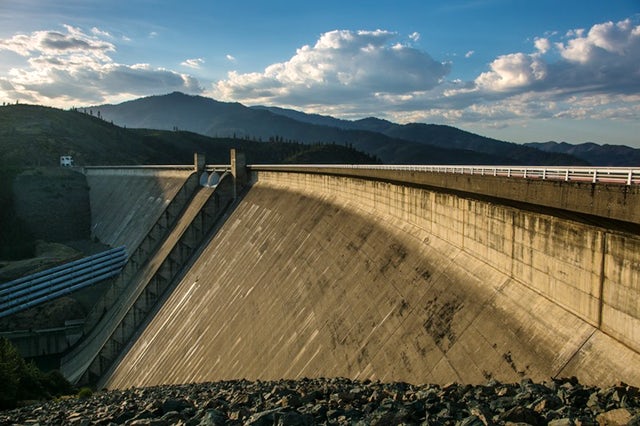
6-4-2018
Officials with the federal government seem determined to realize a controversial proposal to raise Shasta Dam and increase the storage...... Read More
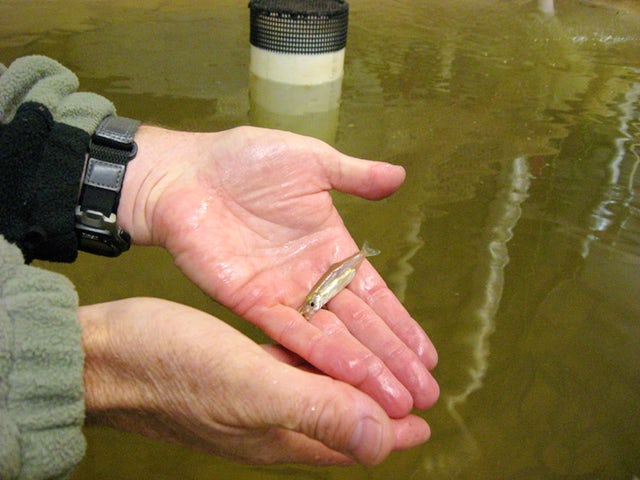
6-1-2018
In this episode of Deeply Talks, Tara Lohan, Water Deeply’s managing editor, speaks with University of California, Davis fisheries experts...... Read More

Website Hosting and Design provided by TECK.net
